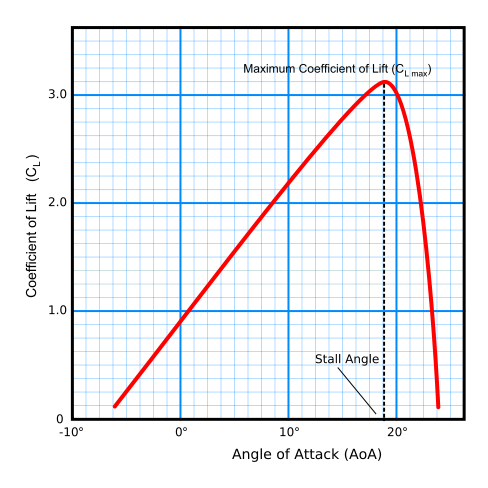Jaybird180
Final Approach
Stall question
Does an airplane always stall (1G) at the same airspeed (power-on/off/partial)? I know that it will always stall at the critical AoA, but does this occur at the same speed since AoA is related to airspeed (assuming other constant factors except engine power)? If not, why is stall data published as a set speed (Vs0, Vs1, etc)? If so, then why even mention critical AoA when talking about stalls? Why do manufacturers publish Vs0/Vs1 at a specific speed rather than a range of speeds (depending upon W&B)?
Final question, why do my P-Off stalls occur at a speed lower than the indicator can read reliably (C-172)? I’m expecting full stall break at 33kts Vs0 and would like to do my own experiments but have to wait until the break is just about to occur then quickly snatch the yoke to get the break. What can I do to get a proper stall?
Does an airplane always stall (1G) at the same airspeed (power-on/off/partial)? I know that it will always stall at the critical AoA, but does this occur at the same speed since AoA is related to airspeed (assuming other constant factors except engine power)? If not, why is stall data published as a set speed (Vs0, Vs1, etc)? If so, then why even mention critical AoA when talking about stalls? Why do manufacturers publish Vs0/Vs1 at a specific speed rather than a range of speeds (depending upon W&B)?
Final question, why do my P-Off stalls occur at a speed lower than the indicator can read reliably (C-172)? I’m expecting full stall break at 33kts Vs0 and would like to do my own experiments but have to wait until the break is just about to occur then quickly snatch the yoke to get the break. What can I do to get a proper stall?





